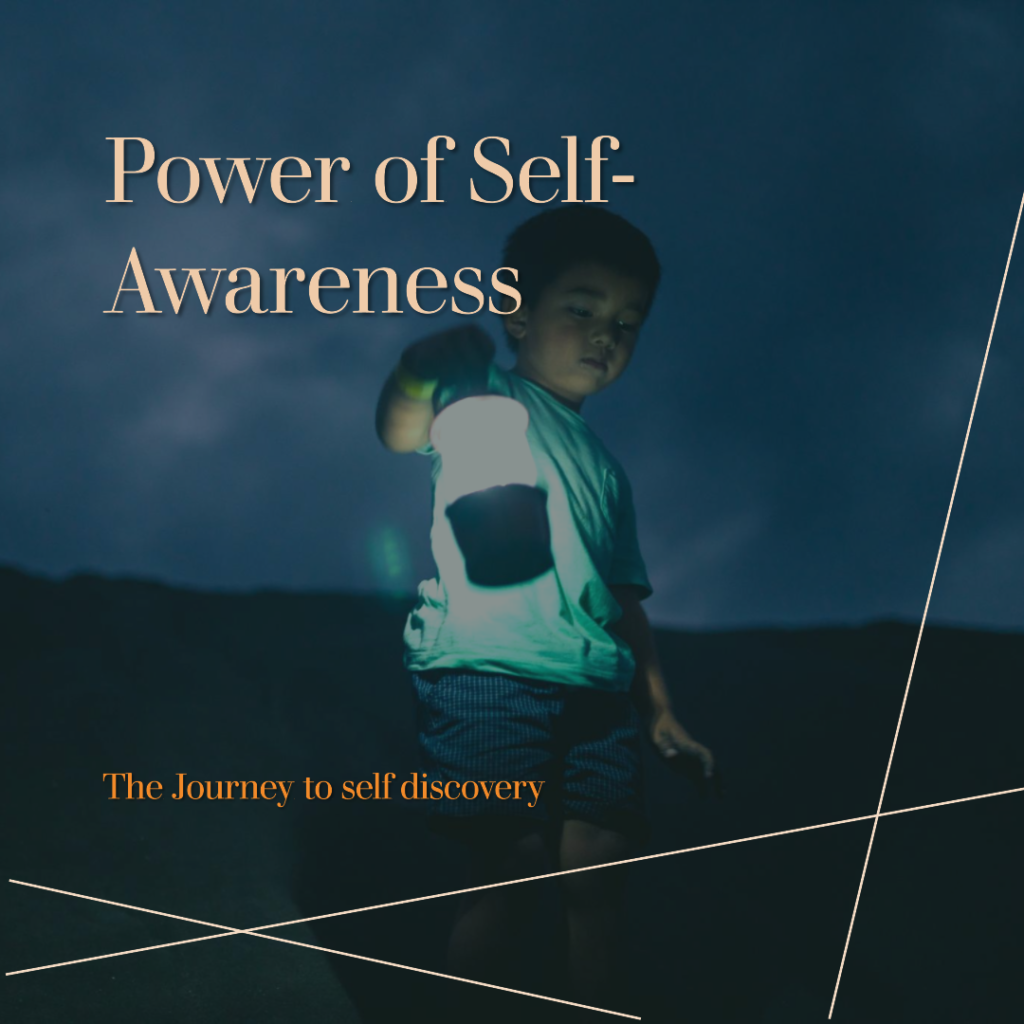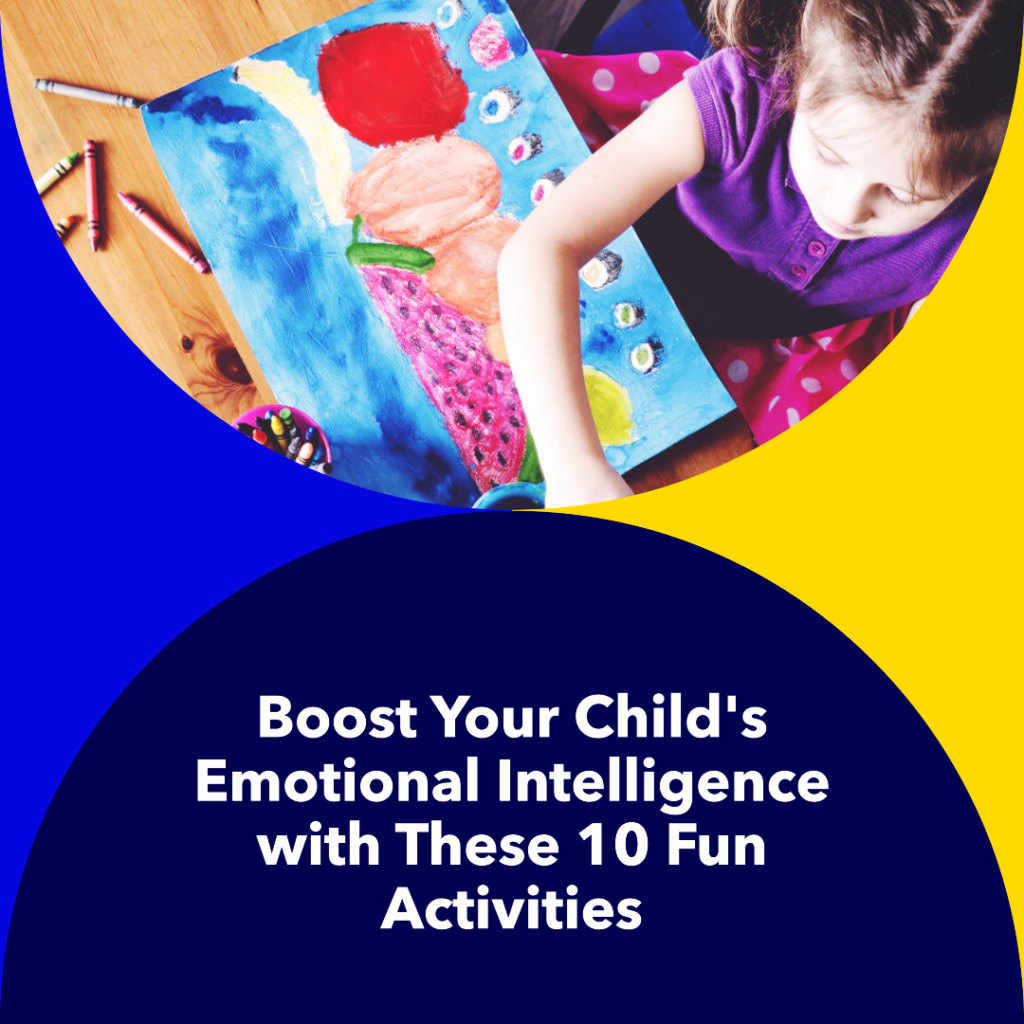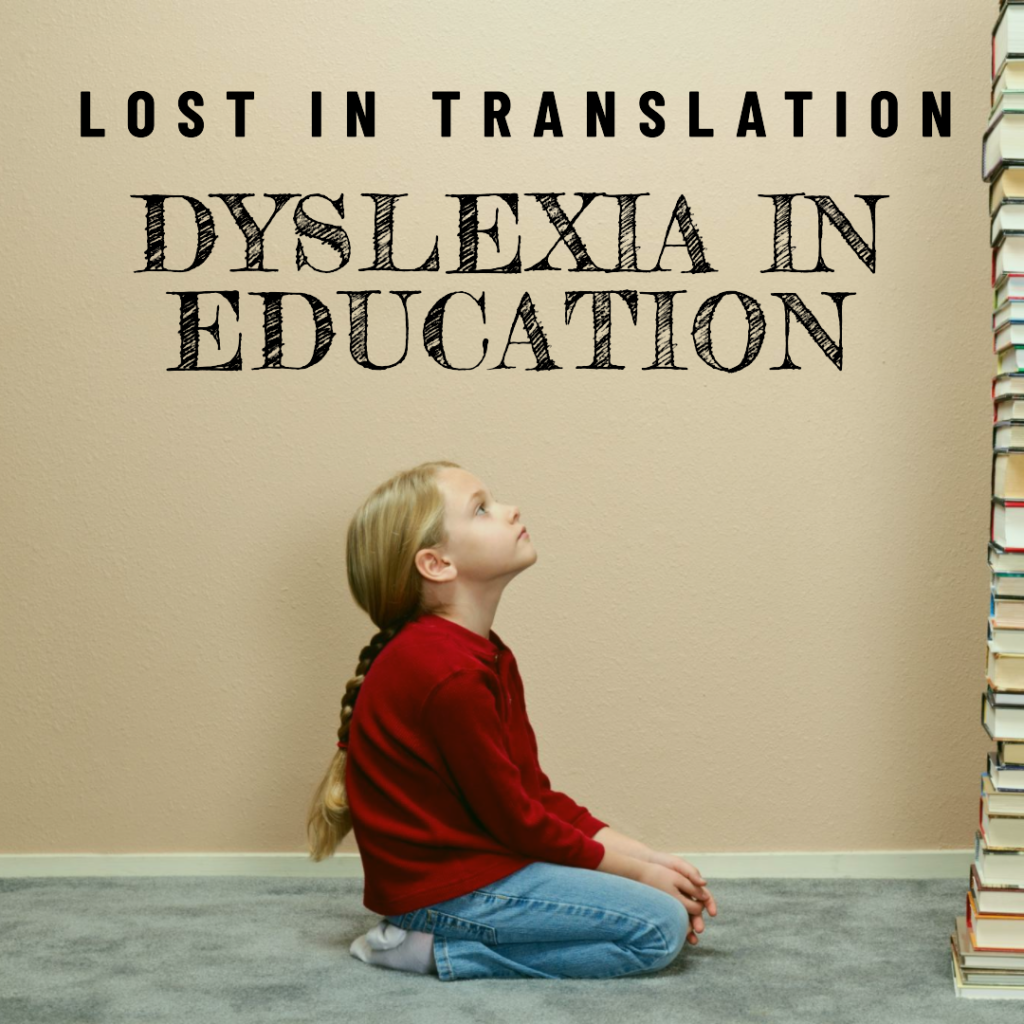6 Easy Ways to Make Your Flashcards More Interesting and Engaging
1. Introduction Flashcards are a popular study tool that can help you memorize and retain information. However, if your flashcards are dull, studying can quickly become a chore. The good news is that there are simple ways to make your flashcards more interesting and engaging. By incorporating visual aids, using different colors and fonts, and even adding interactive elements, you can transform your flashcards into a fun and effective study tool. Whether you prefer printable flashcards or online flashcards, this article will provide you with six easy ways to make your flashcards more vibrant and enjoyable to use. So, let’s dive in and start creating flashcards that will make your study sessions a breeze! 2. The power of flashcards in learning The power of flashcards in learning cannot be underestimated. Flashcards have been proven to be an effective tool for studying and retaining information. Research has shown that the act of creating and using flashcards helps to strengthen memory recall and improve cognitive abilities. When you actively engage with your flashcards, whether through visual aids or interactive elements, you are stimulating multiple senses, making the learning process more immersive and enjoyable. This multi-sensory approach helps to create strong neural connections in the brain, resulting in better information retention. By making your flashcards more interesting and engaging, you are increasing your motivation to study and making the learning experience more enjoyable. So why not invest a little time in transforming your flashcards into a vibrant and interactive study tool? Your future self will thank you for it! 3. The importance of making flashcards interesting and engaging Making flashcards interesting and engaging is not just about adding colors and interactive elements for fun. It actually has a significant impact on the effectiveness of your learning process. When your flashcards are visually appealing and interactive, they capture your attention and make studying more enjoyable. This helps to keep you motivated and engaged, leading to better comprehension and retention of the information. Moreover, when you make your flashcards interesting, you are more likely to spend more time studying them. This extra time allows for deeper processing of the material, which enhances your understanding and long-term memory of the subject matter. So, while it may take a little extra effort to make your flashcards more captivating, the benefits are well worth it. By investing time and creativity in transforming your flashcards into engaging study tools, you are setting yourself up for more effective and enjoyable learning experiences. 4. Six simple ways to spice up your flashcards In this section, we will explore six easy ways to make your flashcards more interesting and engaging. By incorporating these simple techniques, you can transform your study sessions into exciting and enjoyable learning experiences. 1. Use vibrant visuals: Add images, diagrams, or symbols to your flashcards that represent the information you’re trying to remember. Visual cues not only make your flashcards visually appealing but also enhance your memory recall. 2. Include interactive elements: Incorporate interactive features like flaps, sliders, or tabs on your flashcards. These interactive elements make studying more engaging and help in testing your knowledge. 3. Add mnemonics or acronyms: Create mnemonics or acronyms to remember complex information. This technique not only adds a fun element to your flashcards but also aids in retention. 4. Include real-life examples: Relate the information on your flashcards to real-life examples or scenarios. This helps in creating a connection between the concepts and makes studying more relatable and interesting. 5. Incorporate colors and fonts: Experiment with different colors and fonts to make your flashcards visually striking. Research shows that using colors and varied fonts can enhance memory and improve information retention. 6. Gamify your flashcards: Turn your flashcards into a game by adding points, rewards, or challenges. By making studying a fun and competitive activity, you’ll be more motivated to engage with your flashcards. By implementing these simple yet effective strategies, you can make your flashcards more exciting and engaging. Remember, the more interesting your flashcards are, the more likely you are to enjoy studying and retain information effectively. 5. Incorporating visuals and colors Incorporating visuals and colors into your flashcards is a great way to make them more engaging and memorable. Visuals can help you associate the information with a specific image, making it easier to recall later. Adding colors to your flashcards can also enhance memory and improve information retention. When adding visuals, consider using images, diagrams, or symbols that represent the concepts you’re studying. For example, if you’re learning about the solar system, you could include pictures of the planets on your flashcards. This not only makes your flashcards visually appealing but also helps you create a stronger connection to the information. Similarly, experimenting with different colors and fonts can make your flashcards visually striking. Use vibrant colors to highlight key points or important information. You can also choose different fonts to emphasize different concepts or create a hierarchy within your flashcards. By incorporating visuals and colors into your flashcards, you’ll not only make them more interesting but also improve your memory and retention of the information. So get creative and explore the power of visual learning! 6. Adding personal touches and connections Another way to make your flashcards more interesting and engaging is by adding personal touches and connections. While visuals and colors can enhance the appeal of your flashcards, adding a personal touch can make them even more meaningful to you. Consider incorporating elements that are unique to you or that hold personal significance. You can include photos of your loved ones, your favorite quotes, or mementos from special places. These personal touches will not only make your flashcards more visually appealing but also elicit emotions and memories that can aid in information retention. Furthermore, try to establish connections between the information on your flashcards and real-life examples or personal experiences. When you can relate the material to something you already know or have experienced, it becomes easier to comprehend and remember. Adding personal touches
6 Easy Ways to Make Your Flashcards More Interesting and Engaging Read More »





